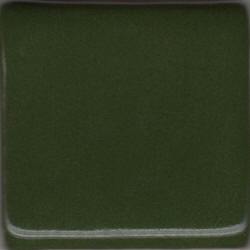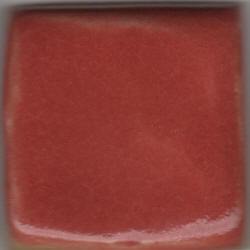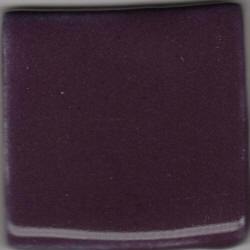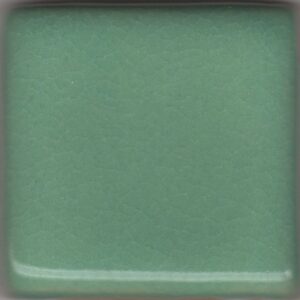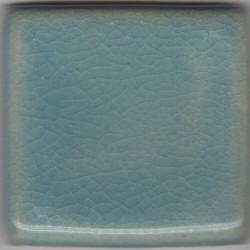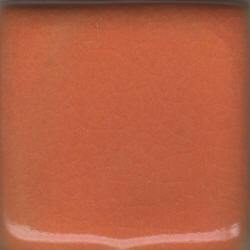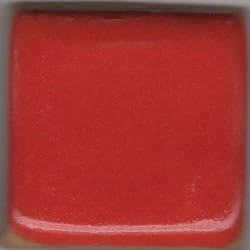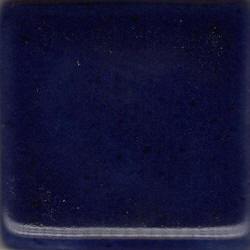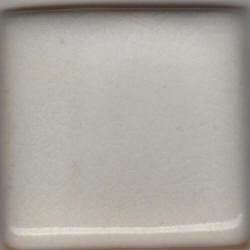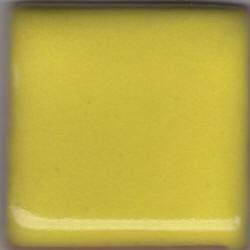- Studio Equipment
- Pottery Wheels
- Wheel Accessories
- Kilns
- Potclays Front Loading Kiln
- Potclays GK125 Kiln – 354 liters 12.5ft3
- Potclays GK100 Kiln – 290 liters 10.2ft3
- Potclays GK63 Kiln – 178 liters 6.3ft3
- Potclays EP95 Kiln – 270 liters 9.5ft3
- Potclays EP73 Kiln – 206 liters 7.3ft3
- Potclays EP56 Kiln – 160 liters 5.6ft3
- Potclays EP45 Kiln – 127 liters 4.5ft3
- Potclays EP38 Kiln – 107 liters 3.8ft3
- Nidec Shimpo Top Loading Kiln
- Kiln Controllers
- Kiln Accessories
- Potclays Front Loading Kiln
- Banding Wheels
- Plaster Molds
- Slab Roller / Extruder
- Cutting Mat
- Clay
- Tools
- Underglaze
- Glazes & Stains
- Raw Materials
- New Arrivals
- Specials
- Gift Card
- Seasonal
+64 9 271 2626 | [email protected]
Coyote Yellow Orange
- Home
- Private: Shop
- Glazes & Stains, Coyote Glaze, GLOSS GLAZES
- Coyote Yellow Orange
Related products
© BotPots. 2023. All Rights Reserved

